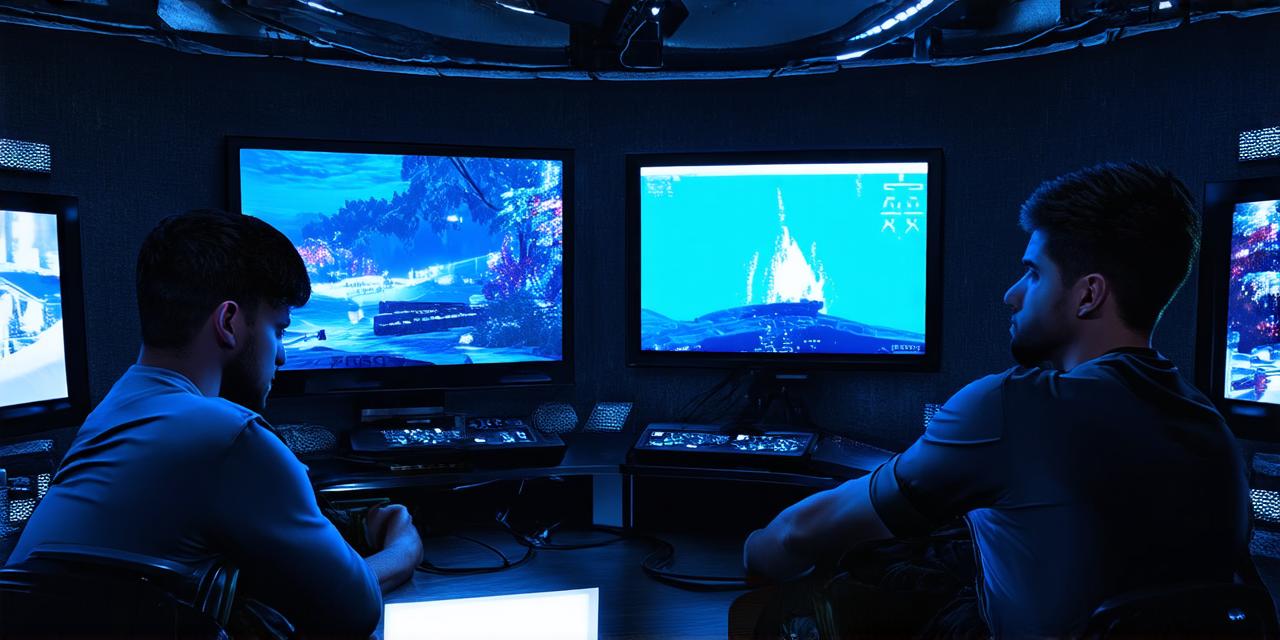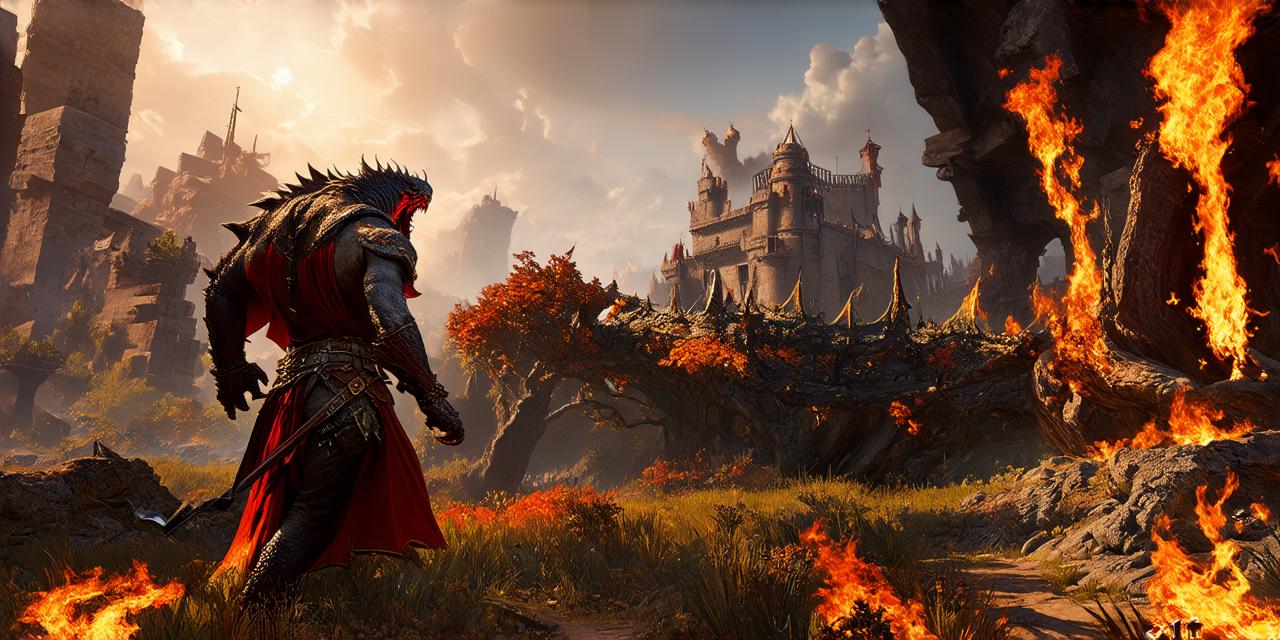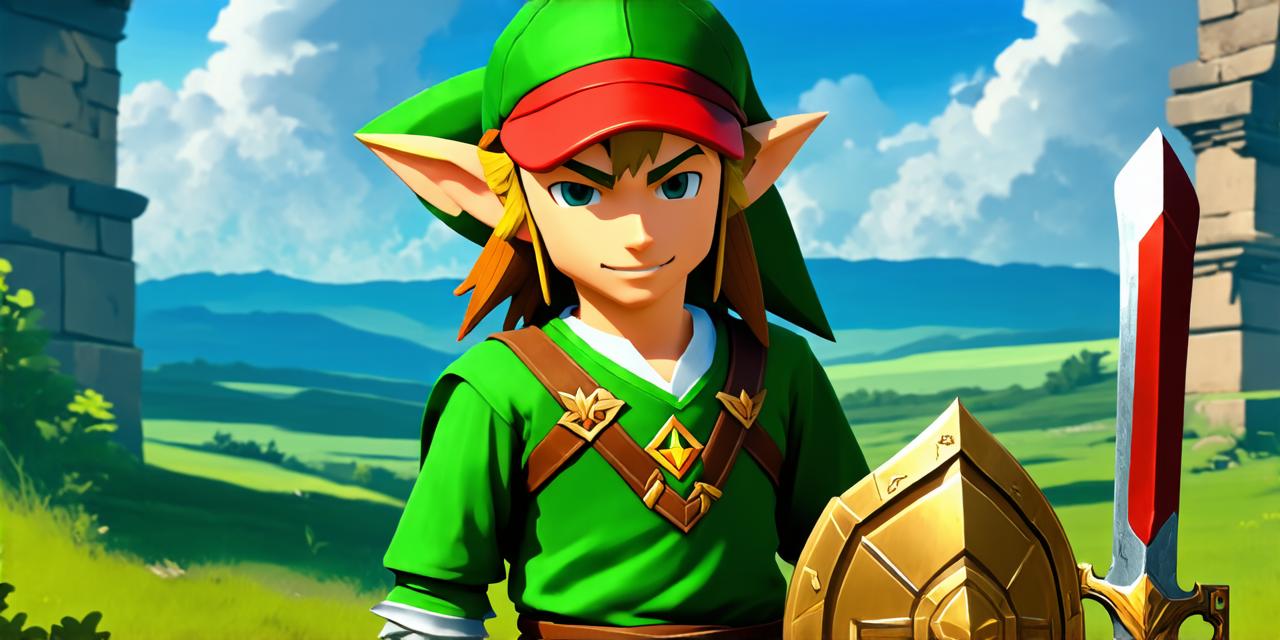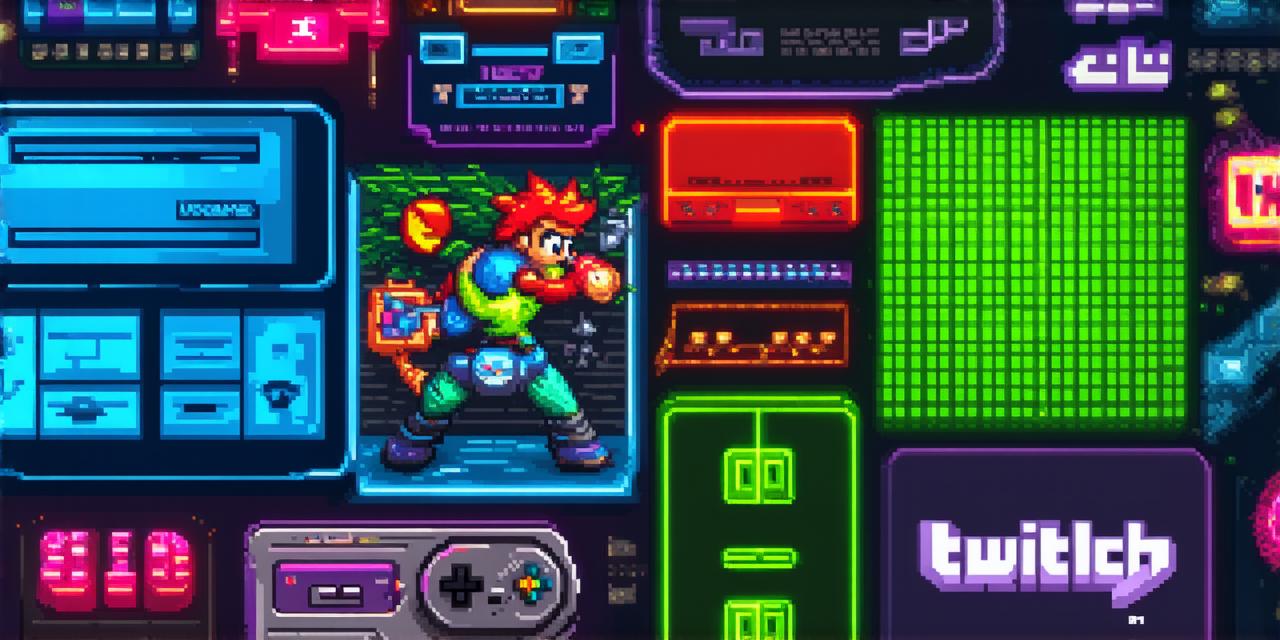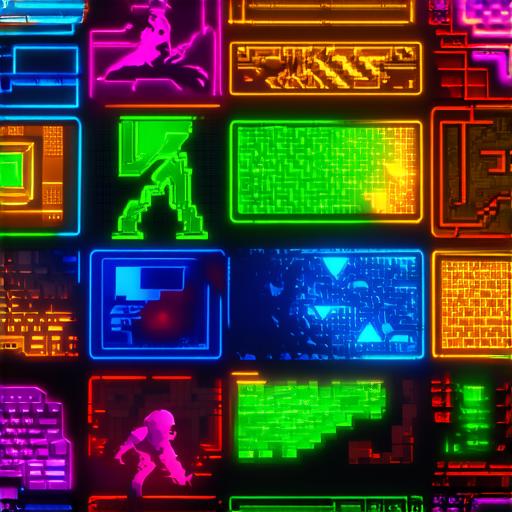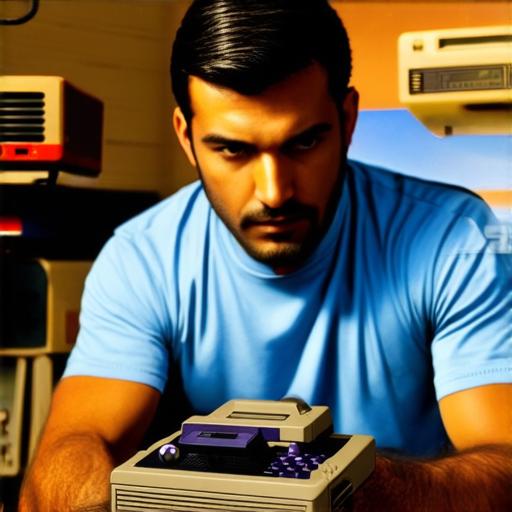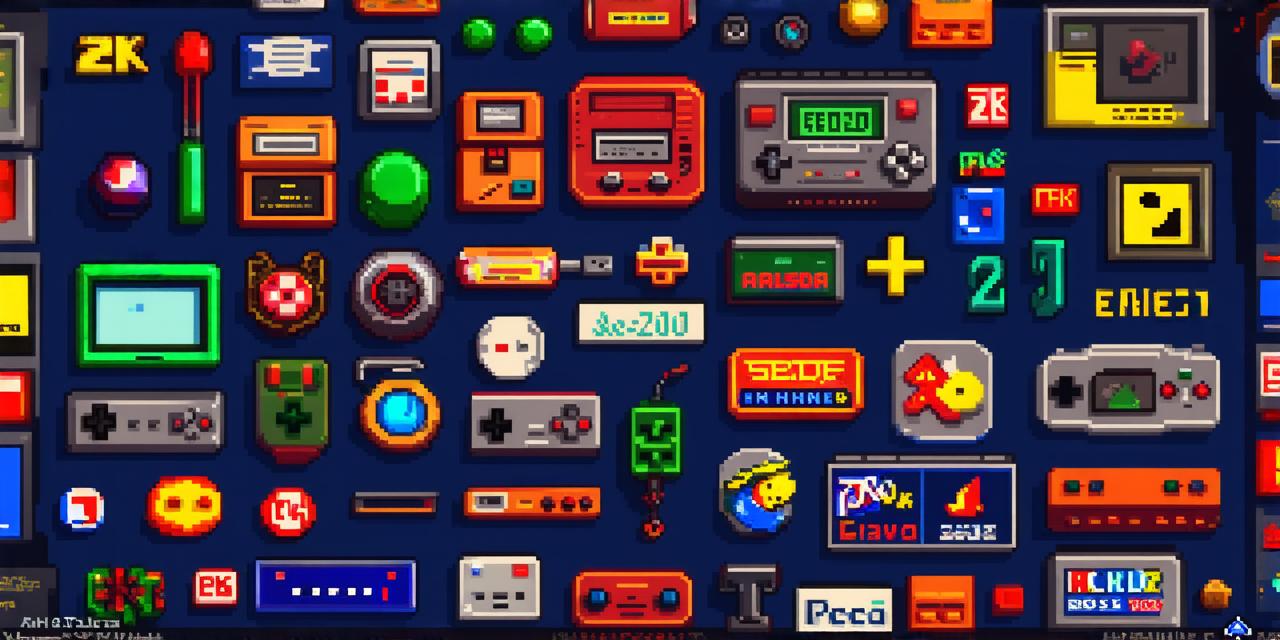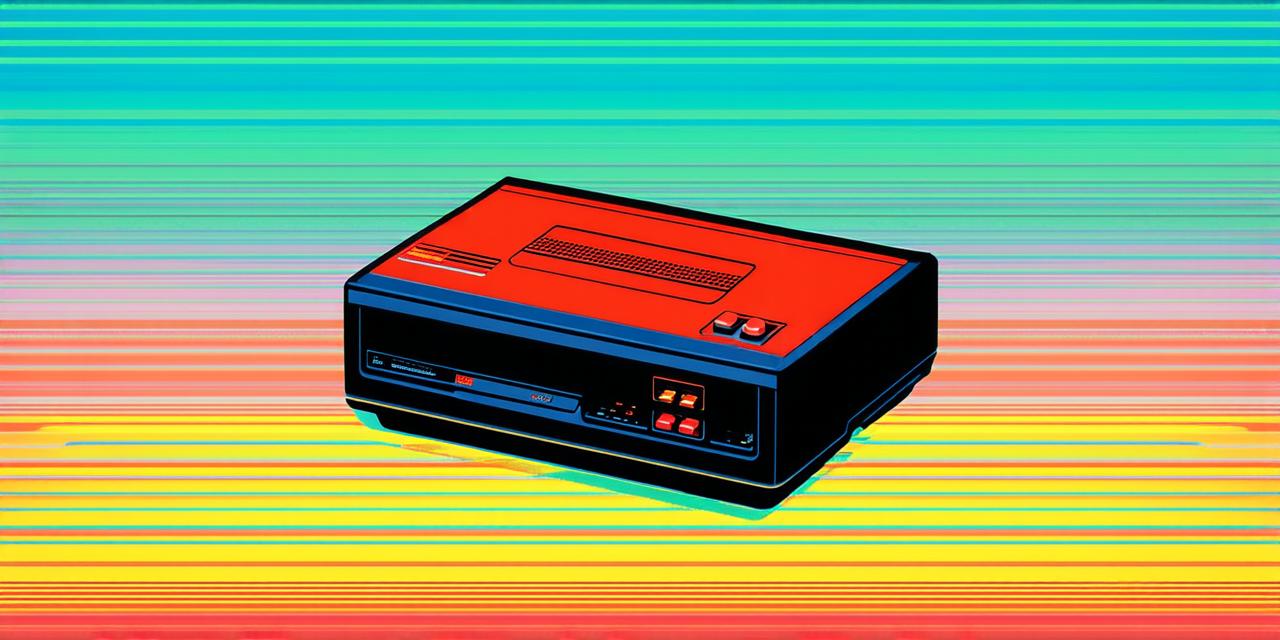How does engineering contribute to the video game industry
Engineering in Video Game Development
In video game development, engineers are responsible for creating the technical infrastructure that powers the game. This includes everything from the graphics engine to the physics engine, the networking code to the audio code.
One of the most important aspects of engineering in video game development is creating a game engine. A game engine is a piece of software that provides developers with a set of tools and technologies to create games. It includes features such as graphics rendering, physics simulation, networking, and audio playback.
For example, Unity is one of the most popular game engines in use today. Developed by Unity Technologies, it was first released in 2005 and has since become a favorite among developers due to its ease of use and powerful capabilities. With Unity, developers can create games for a variety of platforms, including PCs, consoles, mobile devices, and virtual reality headsets.
Engineering also plays an important role in creating the graphics that make video games so visually stunning. Graphics engineers work on optimizing the game’s visuals to run smoothly on different hardware configurations while maintaining high-quality graphics. They use techniques such as texture compression, anti-aliasing, and lighting to create realistic and engaging visual experiences.
Sound engineers are responsible for creating the audio that enhances the gaming experience. They work on optimizing the game’s audio to run smoothly on different hardware configurations while maintaining high-quality sound. They also work on creating 3D audio that adds depth to the game world, making it feel more immersive.
Engineering in Game Testing and Quality Assurance
In addition to developing games, engineers also play a crucial role in testing and quality assurance (QA) in the video game industry. Engineers work on ensuring that games are free of bugs and glitches, and that they meet the highest standards of quality.
One of the most important aspects of game testing is creating test cases. A test case is a set of instructions that details how to test a specific feature or aspect of the game. Engineers use test cases to ensure that games are thoroughly tested before release, helping to catch bugs and other issues that could negatively impact the player experience.
Engineering also plays a crucial role in performance testing. Performance testing is the process of measuring a game’s performance on different hardware configurations, ensuring that it runs smoothly and efficiently for all players. Engineers use tools such as profilers and load testers to identify performance bottlenecks and optimize the game’s code to improve its performance.
Real-Life Examples of Engineering in Video Game Development

There are many real-life examples of how engineering has contributed to the video game industry. One such example is the development of virtual reality (VR) technology. VR technology relies heavily on engineering, with engineers working on optimizing the graphics and audio to create immersive experiences for players.
One example of this is the Oculus Rift, a popular VR headset developed by Oculus VR. Engineers at Oculus worked tirelessly to optimize the graphics and audio for the Rift, ensuring that games run smoothly on the device and providing an immersive experience for players.
Another example is the development of mobile gaming. Mobile gaming has exploded in popularity over the past decade, with millions of people playing games on their smartphones and tablets every day. Engineers have played a crucial role in optimizing these games to run smoothly on different devices, ensuring that players have a seamless experience across all platforms.
Engineering in Gaming Esports
In addition to traditional video game development, engineering has also played a crucial role in the growth of gaming esports. Esports is a competitive form of video gaming that has become increasingly popular over the past decade, with millions of people competing in tournaments and leagues around the world.
Engineers have played a critical role in optimizing the infrastructure that powers these events. This includes everything from creating custom game modes to optimizing the streaming technology used to broadcast the games live. Engineers also work on creating tools and technologies to help players improve their skills and strategies, making esports more competitive and engaging for fans.
The Impact of Engineering on the Video Game Industry
In conclusion, engineering plays a crucial role in the video game industry, from creating game engines and graphics to optimizing performance and ensuring quality assurance. Engineers have also played an important role in the growth of gaming esports, as well as the development of new technologies such as virtual reality. As the video game industry continues to evolve and grow, engineers will continue to play a critical role in shaping its future.
FAQs
Here are some frequently asked questions about engineering in the video game industry:
1. What is a game engine?
A game engine is a piece of software that provides developers with a set of tools and technologies to create games. It includes features such as graphics rendering, physics simulation, networking, and audio playback.
2. What role do engineers play in game testing and quality assurance?
Engineers work on ensuring that games are thoroughly tested before release, helping to catch bugs and other issues that could negatively impact the player experience. They also work on creating test cases and performing performance testing to ensure that games run smoothly and efficiently for all players.

